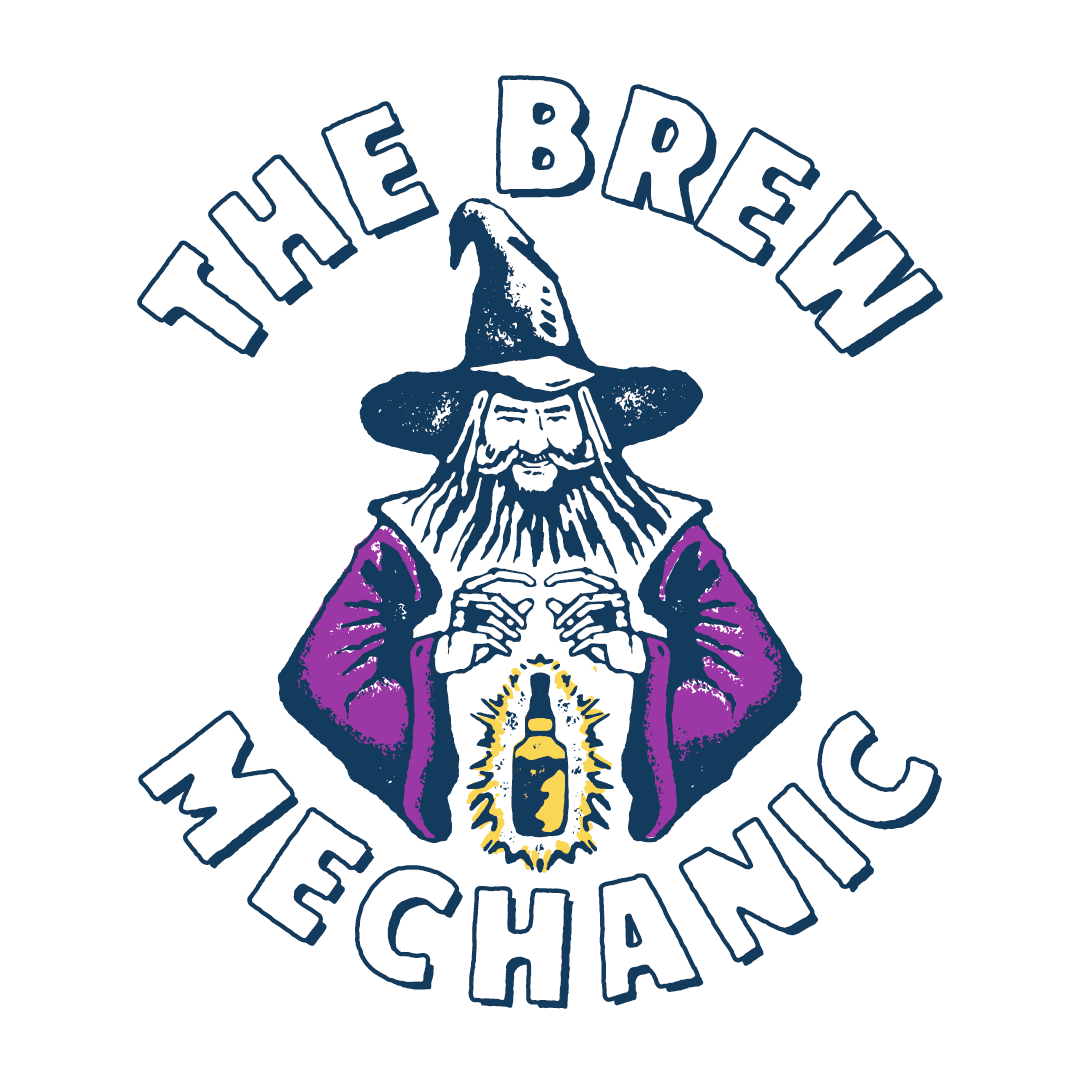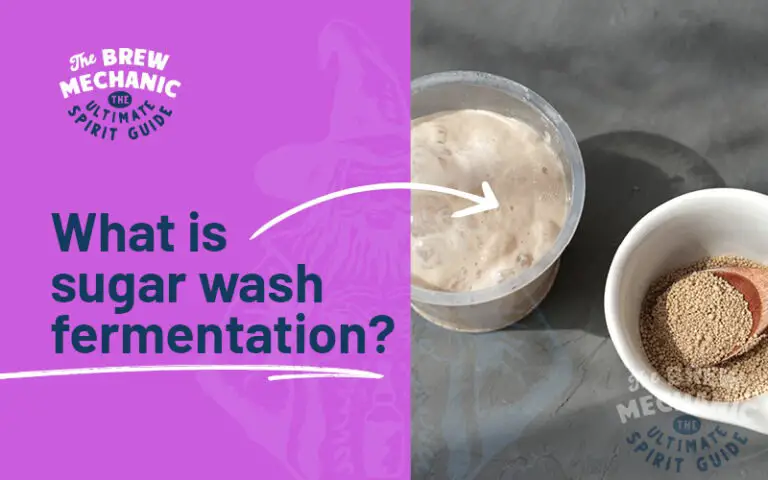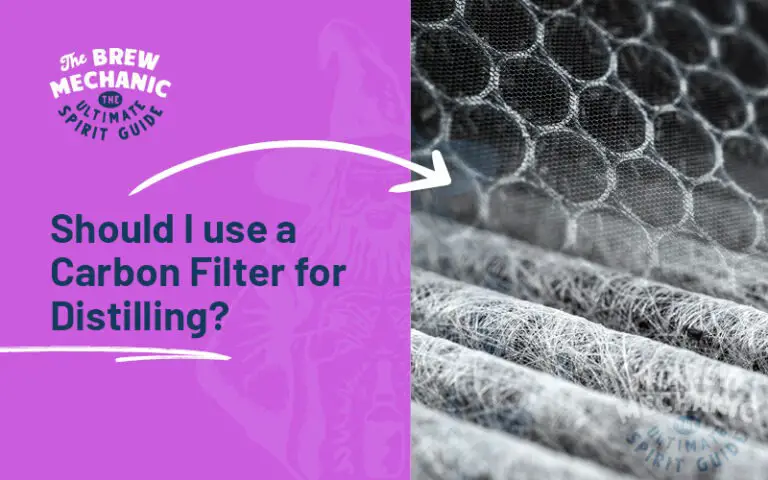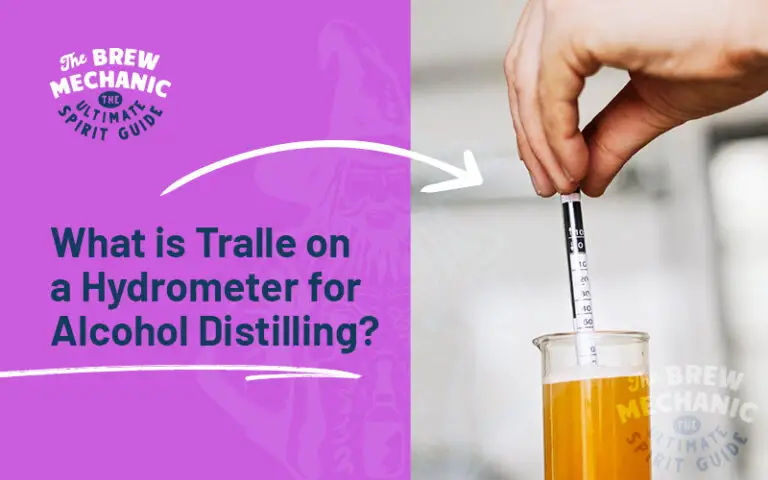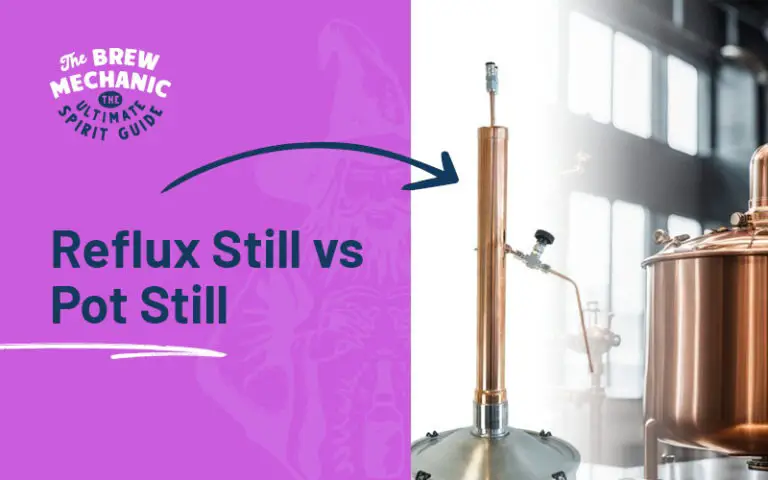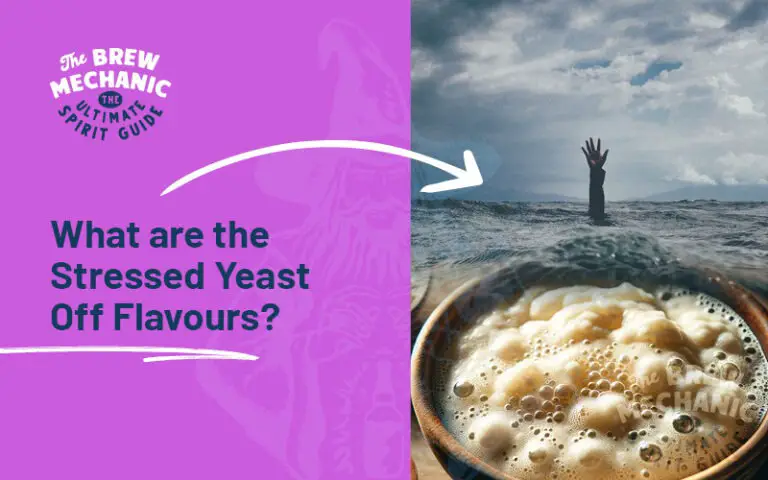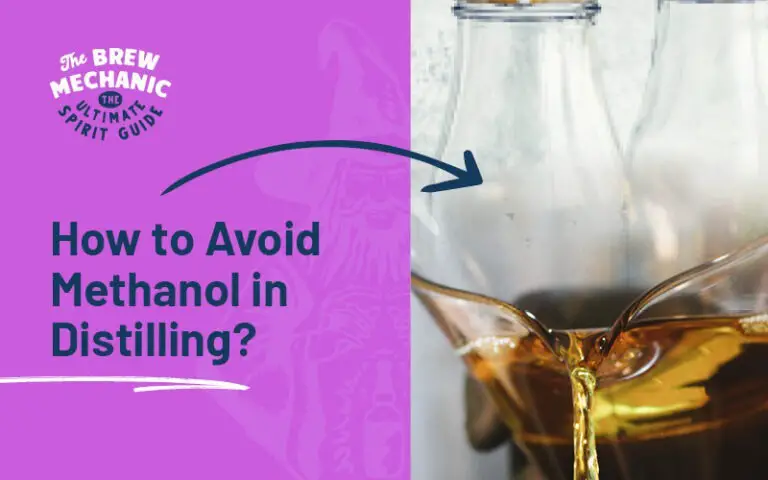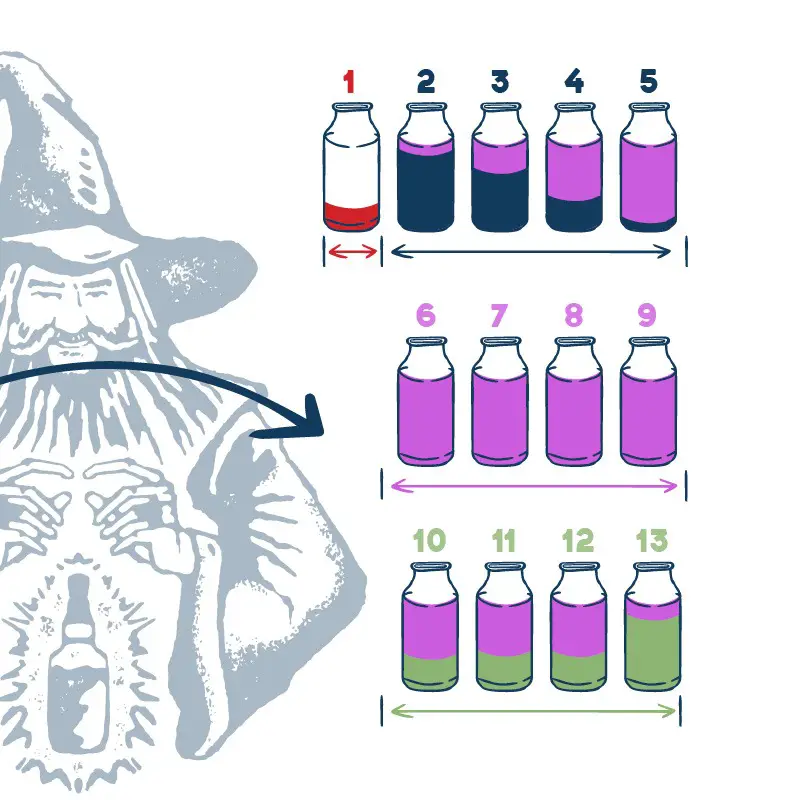The Essential Guide to Distillation Boiling Points for DIY Distillers
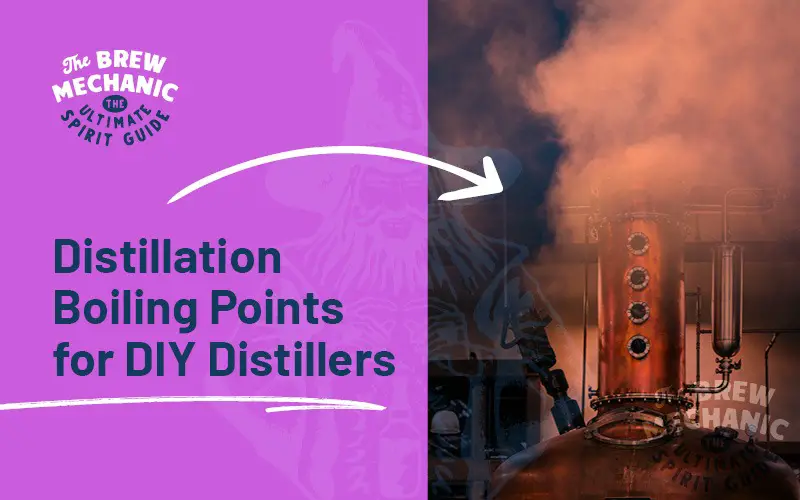
Understanding the degrees of distillation boiling points is critical for any DIY distiller aiming to make spirits. This is a simple explanation of distillation, uncovering how boiling points underpin the entire process. Whether you’re a hobbyist or aspiring to a more advanced level of distilling, recognizing the boiling point of the liquids you work with is fundamental. This is non-negotiable, you must know these temperatures.
Why are Distillation Boiling Points Critical?
The distillation boiling point plays a central role in distillation, as it is the temperature at which a liquid becomes a vapor. This is the foundational principle of distillation, where the difference in boiling points allows for the separation of a mixture. This is how you separate the distilling cuts as we don’t want any foreshots, heads or tails in our alcohol.
The temperature guide is below:
| Acetone – Foreshots | 56.6°C or 133.8°F |
| Methanol- Foreshots | 64°C or 147.2°F |
| Ethyl Acetate – Heads | 77.1°C or 170.8°F |
| Ethanol Range – Hearts | 78.3 > 81.5°C or 172.9 > 178.7°F |
| 2 Proponal – Tails | 82°C or 179.6°F |
| 1 Proponal – Tails | 97°C or 206.6°F |
| Fuesel oils – Tails | 94 > 95°C or 201.2 > 203°F |
What Does Simple Distillation Entail?
Simple distillation is the go-to process when separating a liquid with a low boiling point to high boiling point. It involves heating the mixture in a still until the substance with the lower temperature boiling point boils into a vapor gas, which is then directed into a condenser.
Such as foreshots and heads 56 > 77.5°C (132.8 > 171.5°F) with a low boiling point to Tails – from 82°C (179.6°F) with a higher boiling point. The condensed vapor is collected in a separate container.
At What Temperature Does Distillation Occur?
The distillation process occurs at a range of temperatures, depending on the liquid mixture and the pressure conditions. The key is that the temperature must reach the distillation boiling points of the liquid being distilled as follows:
Foreshots And Heads – Temperature range 56 > 77.5°C (132.8 > 171.5°F) = Discard this alcohol
Hearts – Temperature range 78.3 > 81.5°C (172.9 > 178.7°F) = Collect this alcohol boiling range
Tails – Temperature ranges from 82°C (179.6°F) = Can be discarded or added to the next batch
What Equipment is Essential for DIY Distillation?
A basic distillation setup includes a heat source, distilling still, condenser, and collection vessel, among other components.
Are There Safety Concerns with DIY Distillation?
Safety in distillation is non-negotiable. DIY distillers must understand the physical properties of the liquids their distilling boiling points, the correct use of the distillation apparatus, and the potential hazards of the process.
Proper ventilation, use of safety equipment, and strict adherence to safety protocols are vital to prevent fires, chemical exposures, or equipment failure.
| Acetone – Foreshots | 56.6°C or 133.8°F |
| Methanol- Foreshots | 64°C or 147.2°F |
| Ethyl Acetate – Heads | 77.1°C or 170.8°F |
| Ethanol Range – Hearts | 78.3 > 81.5°C or 172.9 > 178.7°F |
| 2 Proponal – Tails | 82°C or 179.6°F |
| 1 Proponal – Tails | 97°C or 206.6°F |
| Fuesel oils – Tails | 94 > 95°C or 201.2 > 203°F |
Why should you do DIY Distillation?
DIY distillation is a blend of art and precise science which is rewarding! However, knowing the distillation boiling point serves as a critical factor in the separation process. We want you to know:
With these insights, you can approach DIY distillation boiling points with a deeper understanding and an eye towards crafting pure, refined products.
Download our Cuts Chart here
Yes I want this epic PDF plus get tips and tricks! You will be joining our distilling mail list. 🙂
Last Updated on Nov 7, 2023 by The Brew Mechanic
Disclosure: I may receive affiliate compensation for some of the links below at no cost to you if you decide to purchase a product or service. You can read our affiliate disclosure in our privacy policy. The information provided is for entertainment only.

With 35 years of knowledge of being a chemical engineer in alcohol manufacturing plants, my mission is to teach the next generation of home distilling alcohol brewers at a supernatural speed.
My reviews are based on real-life experiences with reflux stills, sugar wash, troubleshooting and mystical chemical reactions.
